10 Great Low-light Houseplants
Top 10 Low Light Houseplants
As many people know, getting a plant to grow in low light areas can sometimes be a big challenge. The most important thing to remember is that ‘LOW’ light does not mean ‘NO’ light. Low light refers to areas of a home or office in which light is insufficient for most things to grow. A good example is a room with a north-facing window or a room that’s window is shaded by a tree canopy. In essence, we are not talking about a room with no windows. To determine the light conditions of your home, watch various areas of your home or office throughout the day and make note of the changes you see. This information will help our educated greenhouse staff assist you in choosing the right plant for your home. Below, we have compiled a list of ten houseplants that grow well under low light conditions. If you have any questions about these plants, don’t hesitate to stop by or give us a call!
Neanthe Bella Palm (Chamaedorea elegans ‘Bella’)

If you have ever had difficulty growing a palm in low light conditions then this might be the palm for you. The foliage of this plant will not only add elegance to any home or office, but it may make a neighbor or coworker jealous of your new find. Though it is a slow grower, it is available for purchase in various sizes (12”- 6’ tall plants). Keep in a small container to control the plant’s size to a desirable height. pictured right
Snake Plant (Sansevieria trifasciata)
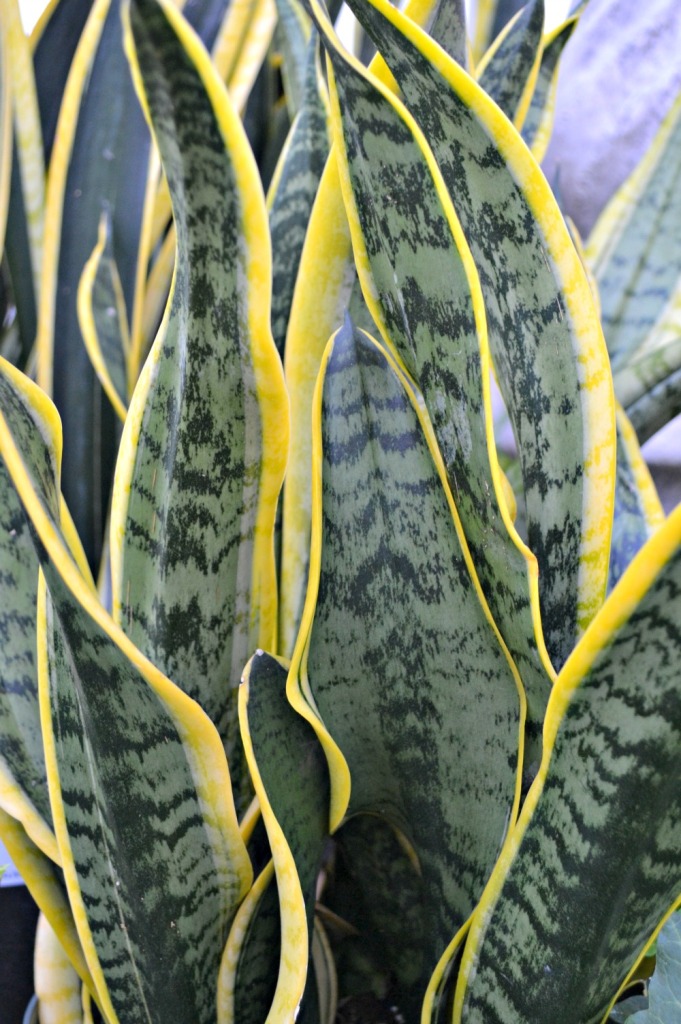
This plant not only makes an architectural statement, but it also is one of the easiest houseplants to care for. Because of it’s slow growth rate, there is little need to worry about transplanting for many months to come. In most situations, this plant is happy with only being watered about once per month. It comes in a wide array of colors, variegations, and heights and is sure to be a show stopper.pictured left
Cast Iron Plant (Aspidistra elatior)
Wow, talk about a tough plant. If there is one plant that’s hardier than a snake plant, this may be the one. Known for it’s exquisite foliage, the cast iron plant can jazz up any lonely corner of a room. Water moderately and allow the soil to dry between watering; in many conditions this is once a month to every two months.
Peace Lily (Spathiphyllum)
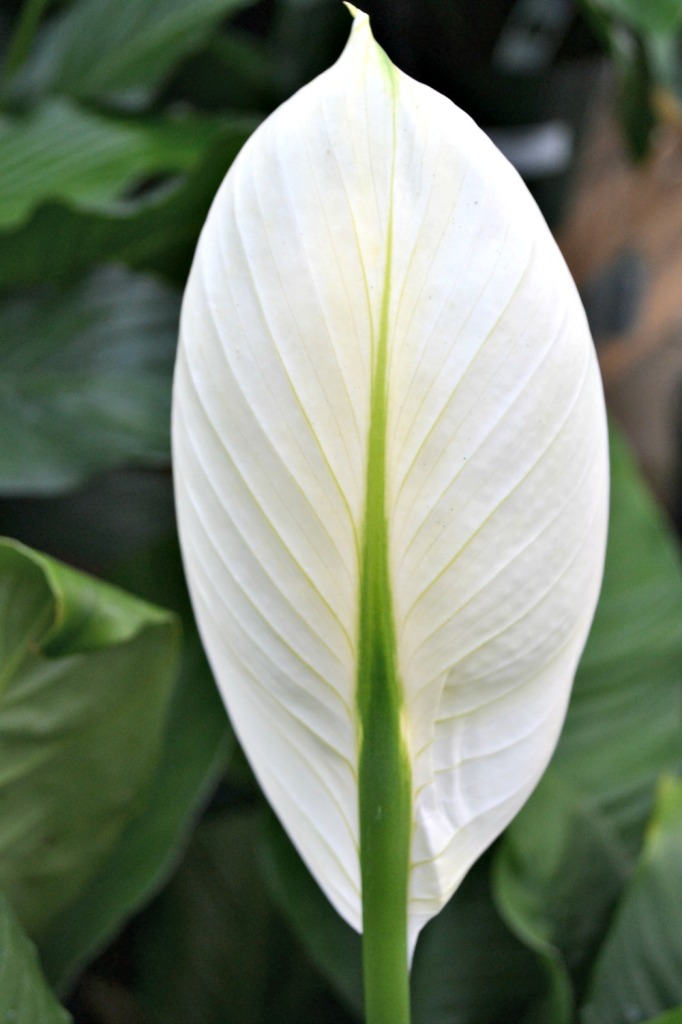
When it comes to finding a houseplant that will bloom in low light, this one takes the cake! Often thought of as a staple houseplant with beautiful blooms, the peace lily is often forgotten when searching for low light houseplants. Not only does it look phenomenal in bloom, it also makes for a great cut flower in arrangements. Be sure to keep the soil moist, but not saturated.
ZZ Plant (Zamioculcas zamiifolia)

The ZZ plant is another low light favorite that has proven it’s worth time and time again. Known for it’s cane-like growth habit and glossy leather leaves, the ZZ plant is one that can take a bit more neglect than most house plants. Strangely, it actually has a “fear” of water and prefers to be kept dry. Water once a month to every other month, sit back, and let the ZZ plant work it’s magic. pictured right
English Ivy (Hedera helix)

Though often underutilized, English ivy has earned it’s ranks as a tried and true low light houseplant. Known for it’s decorative foliage and trailing growth habit, English ivy is ideal for multiple uses including hanging baskets. It is available in a multitude of leaf shapes, sizes, colors, and variegations. Don’t be frightened by English ivy’s ability to grow too long. It not only is a slow grower, but can very easily be pruned with a pair of household scissors. Be sure to allow the soil to drain completely of water before watering again.
Bromeliad (Bromeliaceae)
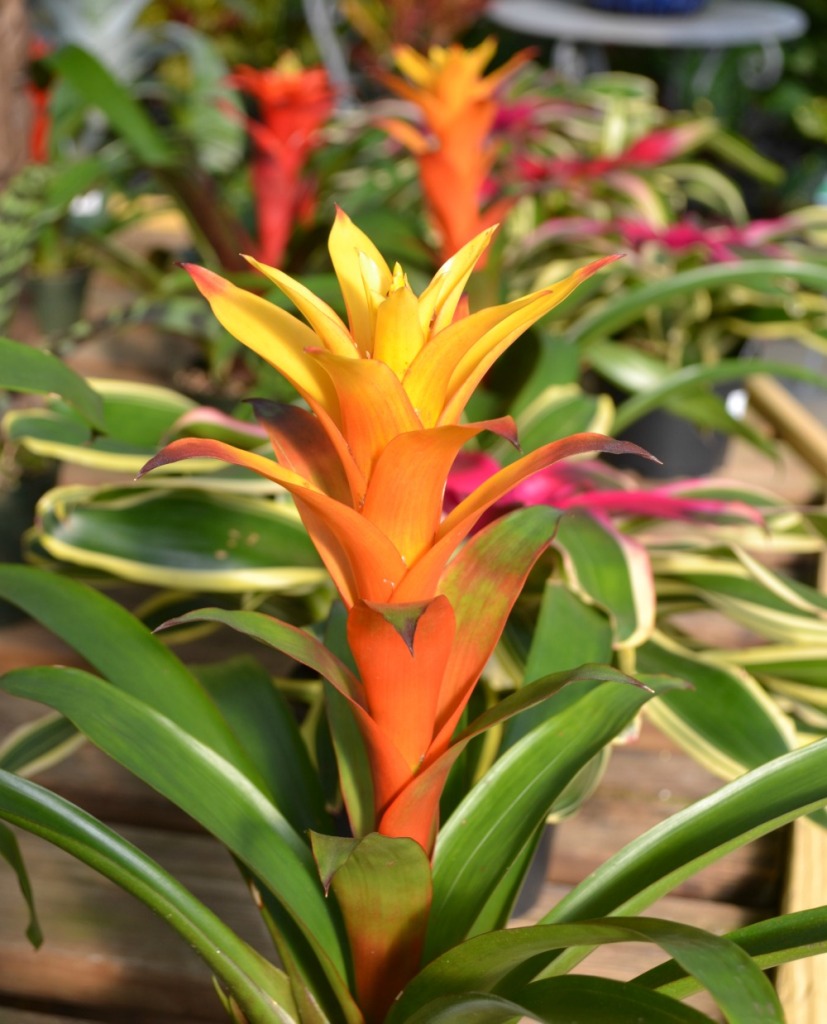
Want to liven up a shady part of your home or office? Bromeliads make a color statement that is difficult to beat. They offer gorgeous vase-like leaves with a thick leathery flower that is full of color! Flowers come in a variety of colors ranging from yellow to red and pink to purple. In addition, you will have a chance to watch the life cycle of the plant. Once the hardy flower is spent (6-8 months), you will notice another plant growing from it’s base. This plant will soon replace the old one, bloom and then the cycle will start all over again. When watering, be sure to apply the water in the ‘vase’ of the foliage.pictured right
Arrowhead Vine (Syngonium podophyllum)

The arrowhead vine is not known to be “leggy” like many other vines. In fact, it tends to stay compact and has more of a mounding growth habit when planted in a container. It grows superbly in hanging baskets and provides a “spilling over the edge” appearance that complements more upright plants. It’s lightly colored foliage will help brighten any low light room. Keep out of direct light and be sure to keep the soil moist, but not saturated.pictured left
Pothos (Epipremnum aureum)
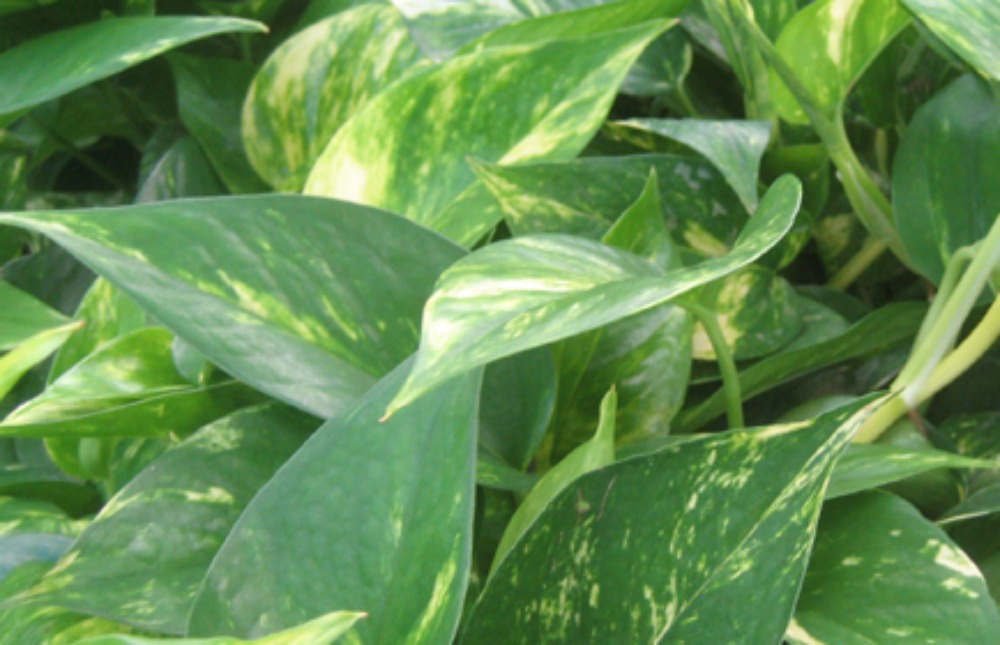
This is a classic houseplant that will be around for ages simply because it is tough to beat. It has been used for everything from container gardening, to hanging baskets and even grown on trellises and totem poles. It’s vine-like climbing habit and ability to grow just about anywhere have given this classic the reputation it deserves. A little trick to remember is that pothos can be pinched back to promote “bushiness.” Pothos comes in various shades of green as well as variegations. Pictured here is the Neon Pothos. pictured right
Red Edge Dracaena (Dracaena marginata)
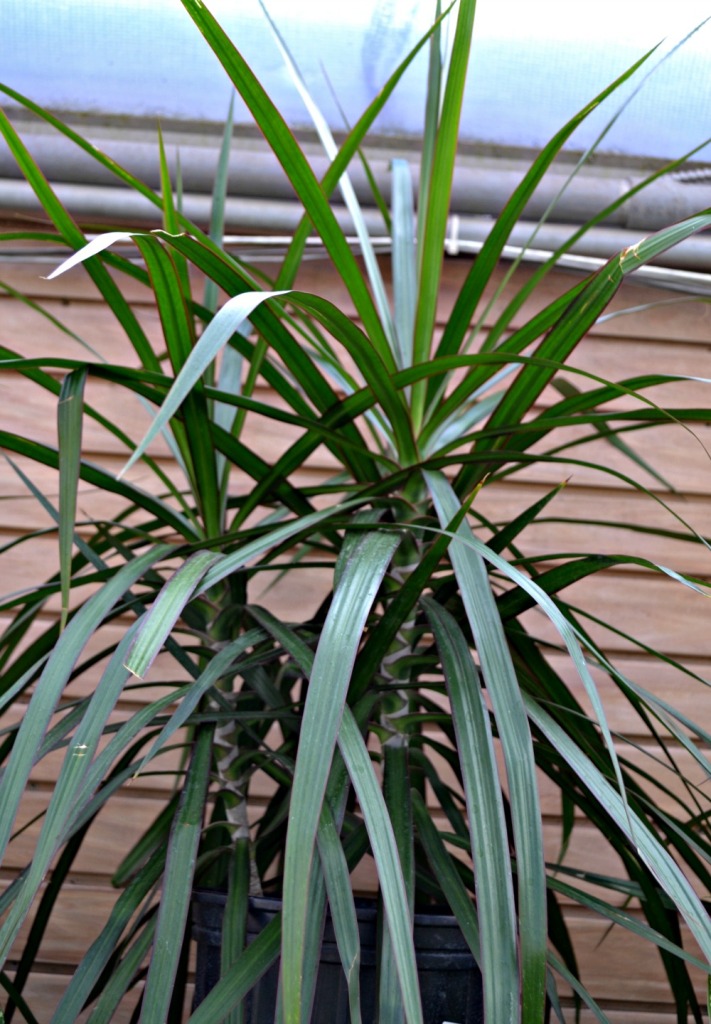
This a very popular houseplant because of the attractive marginal red border on the edge of it’s leaves. Making a vertical statement, it’s stalks lead up to pom-pom-like clusters of foliage that are reminiscent of tropical plants. This plant’s colors and textures are sure to make a statement in any home or office. pictured left




